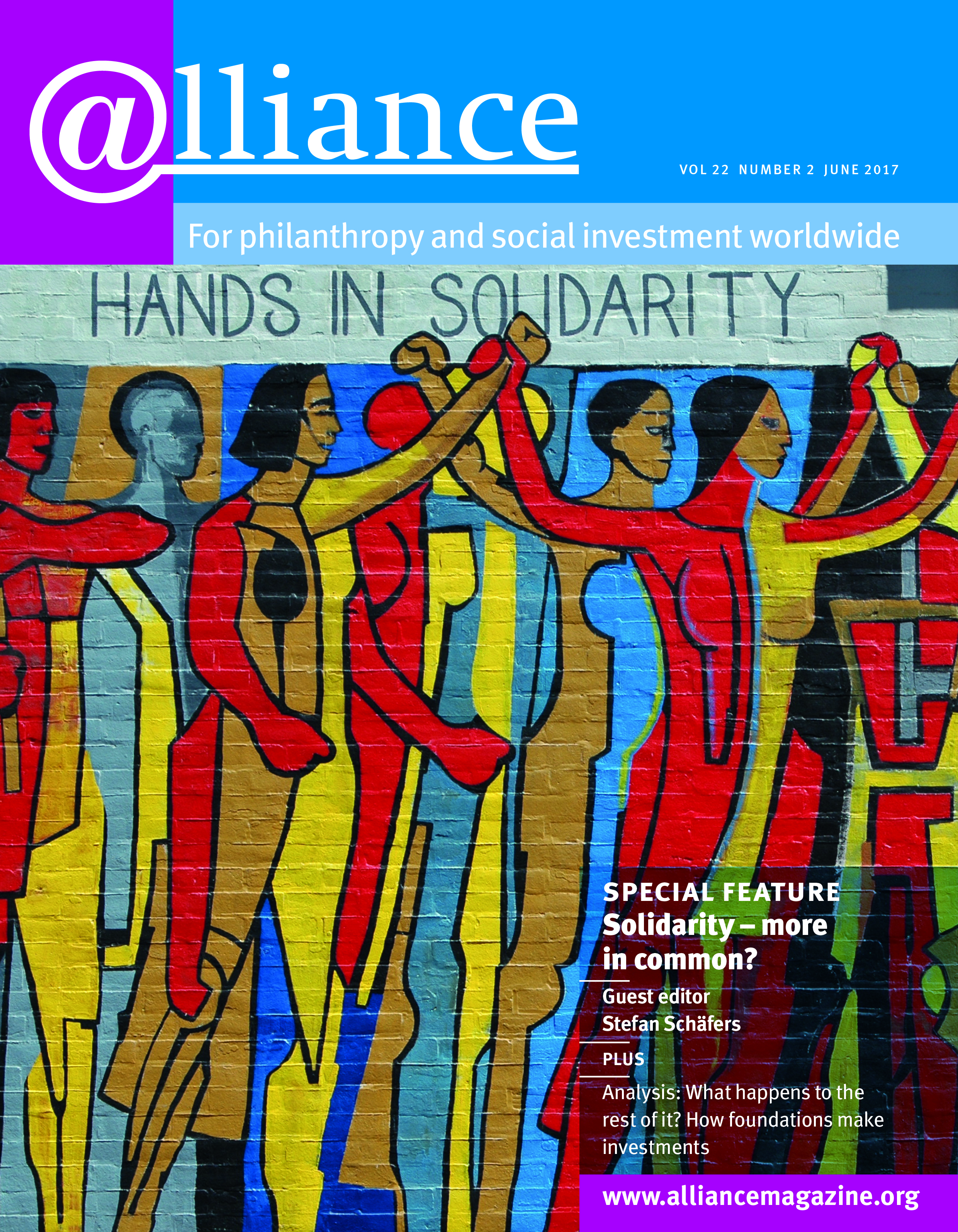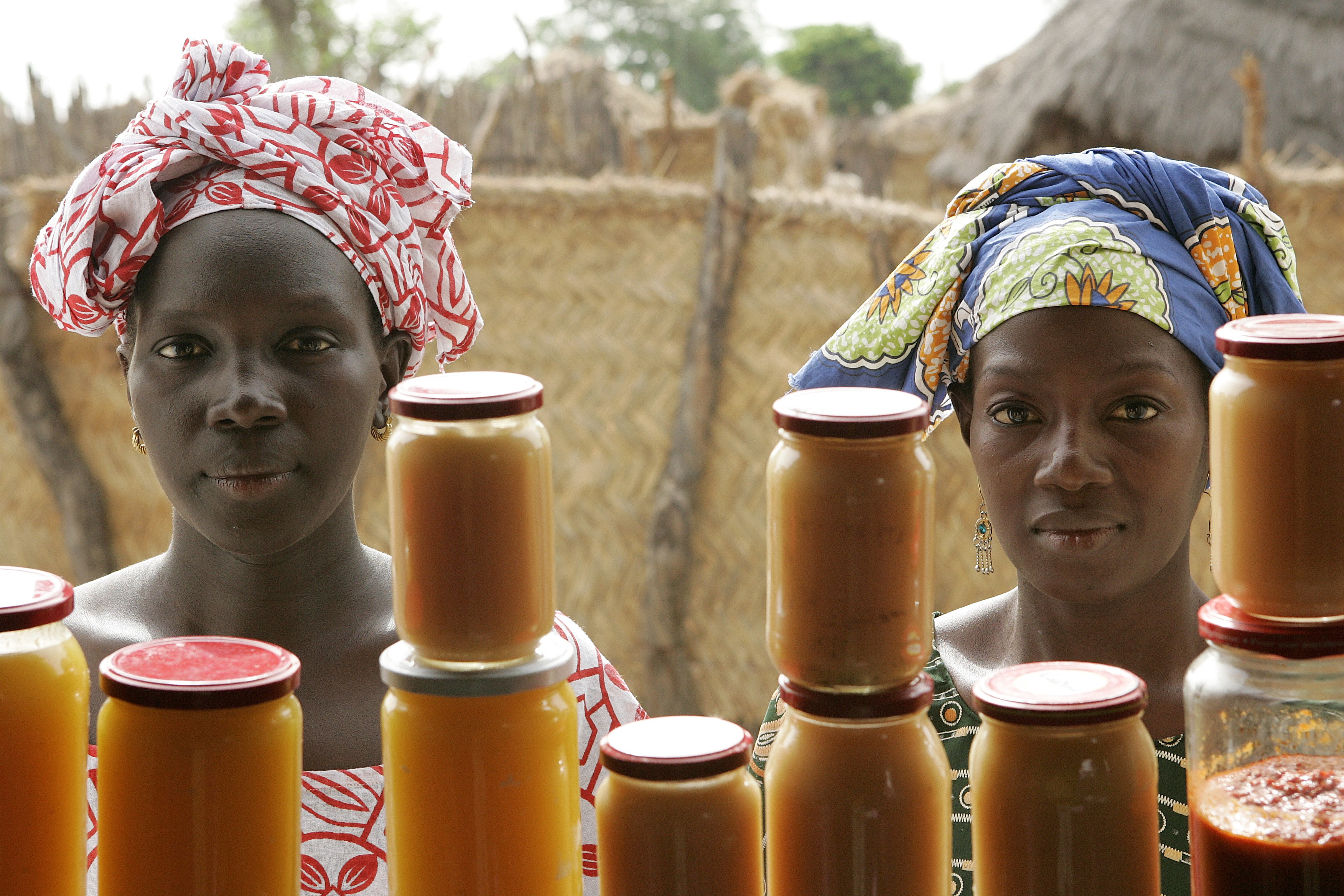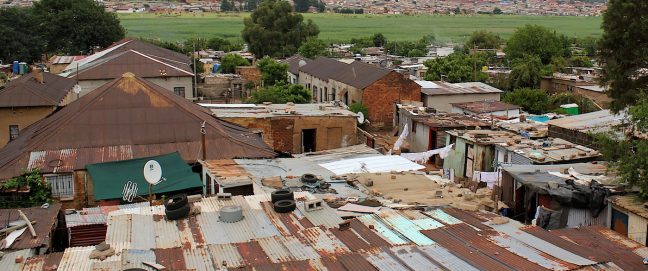While policymakers and philanthropists both support sustainable development and social justice, prior to the Sustainable Development Goals (SDGs), they had been doing so on parallel tracks. Now the SDGs are part of philanthropy’s shared language. The vast majority of foundations know what the SDGs are, without necessarily using or aligning with them. Such familiarity with a global United Nations concept could not have been taken for granted ten years ago. What has changed?
First of all, it is difficult, laborious and costly to follow the many ramifications of the global development agenda. Governments, including donor agencies, usually have policy sections entirely dedicated to keeping track of and participating in these discussions; so do international civil society organizations in order to advocate for their issues. Yet foundations tend to prefer allocating their resources to their programmes. Most of them have no dedicated staff, which means extremely busy people – CEOs or senior advisers – represent their organizations in policy debates.
What each community considers to be ‘development’ is dramatically different.
Moreover, the public sector – from development agencies to line ministries in OECD and non-OECD countries – and philanthropists are not natural partners. They have different working cultures and timelines, and each speaks their own jargon, leading to what Michael Green calls ‘a degree of misunderstanding… and a tendency to try to keep each other at arm’s length’.[1]
Next, what each community considers to be ‘development’ is dramatically different. Take support for indigenous art. Many foundations support the arts, particularly art from tribal communities. Support for these communities and their crafts contributes to their livelihoods, and to the whole community.
But support for the arts, such as partnering and funding exhibitions of tribal art, is not counted as Official Development Assistance (ODA), although many philanthropies consider it central to their missions.
Given these foundational differences (no pun intended), convergence on a common agenda such as the original Millennium Development Goals (MDGs) was neither natural nor actively pursued.
Finally, in 2000, when the Millennium Declaration was endorsed and the MDGs consequently adopted, foundations were not consulted. No wonder they did not take an excessive interest in the MDGs.
The UN Foundation, however, was the exception. It committed to helping achieve these new goals and developed a degree of coherence and linkage between its agenda and the MDGs.
So, how did philanthropists suddenly become interested in the SDGs?
First, foundations got involved beforehand in discussions on the role of philanthropy in the post-2015 setting, though neither extensively nor comprehensively. A handful such as the Rockefeller Foundation, Ford Foundation, UN Foundation and the Bill and Melinda Gates Foundation proactively started a conversation about philanthropy’s role in the SDGs as early as 2013 by organizing consultations and events on the margins of the UN’s Open Working Group on the SDGs.
This back-channel diplomacy was necessary because philanthropy was still not among the so-called Major Groups consulted formally by the UN during the elaboration of the SDGs.
These were drawn up by sector and included: Women, Children and Youth; Indigenous Peoples; Non-Governmental Organizations; Local Authorities; Workers and Trade Unions; Business and Industry; Scientific and Technological Community; Farmers.
This back-channel diplomacy was necessary because philanthropy was still not among the so-called Major Groups consulted formally by the UN during the elaboration of the SDGs.
Second, several organizations intensively lobbied for philanthropy’s seat at the table, including the Network of Foundations Working for Development (netFWD) at the OECD Development Centre.
Indeed, advocating for philanthropy to be recognized as a meaningful development partner lies at the core of netFWD’s mission. For example, netFWD, together with the United Nations Development Programme (UNDP), contributed to drafting the paragraph on philanthropy in the Addis Ababa Action Agenda outcome document, and identified philanthropy champions among UN member states, such as the Netherlands.
In addition, netFWD and others organized side events during major intergovernmental conferences, such as ‘Rethinking Philanthropy’s Contribution to the Financing for Development Agenda and Beyond’ in Addis Ababa on the importance of philanthropy for the 2030 Agenda.
Third, slowly but surely, the SDGs are percolating through the philanthropic ecosystem. As a framework for collaboration, they provide an opportunity for greater convergence of interests.
Using the three-tiered approach recently presented in Alliance, some foundations are SDG flagbearers (inner circle) that seek to align their priorities and programmes with the global agenda, and a growing number are catalysts (middle circle), who think of innovative and measurable approaches to some of the SDGs.
Historically, foundations have been advocates for development and social justice. Yet, they can be more than that and can truly help implement the SDGs.
For instance, the Stars Foundation created the ‘With and for Girls Collective’ together with partners, such as the Nike Foundation, Mama Cash, Plan UK International, and the Global Fund for Children, to empower adolescent girls around the world and help achieve SDG5 on gender equality.
However, this rather encouraging picture should not hide the unfinished business.
For one thing, implementation. Historically, foundations have been advocates for development and social justice. Yet, they can be more than that and can truly help implement the SDGs. Foundations, by their nature, can test innovative models, experiment and identify projects that could be scaled up to help achieve SDG targets.
Knowing who funds what and where would avoid duplication of work and optimize financial resources for development.
Unfortunately, they have limited financial means. As the preliminary results of a new OECD survey show, the philanthropic sector represents about 1.4 per cent of total flows that support development. Therefore, foundations must carefully select how they spend their money and energy, based on their comparative advantages and an efficient division of labour with other development actors.
In an era of openness and more effective measurement, foundations should make monitoring and evaluation a must. Some foundations assess their impact thoroughly, including through the use of Randomized Control Trials; others take a lighter approach. What matters is that they ask themselves how and where their action would be most effective in achieving the SDGs when making allocation decisions.
Keeping impact in mind also involves being transparent. Knowing who funds what and where would avoid duplication of work and optimize financial resources for development. Although available data do not reach this level of detail, the SDGs can be a means towards this important quest for transparency and accountability.
Finally, the rest of the development world needs to respect philanthropy’s prerogative to act not only within the SDGs, but also outside them. Just because philanthropy has become a bigger figure in the sustainable development arena than it used to be at the time of the MDGs, that does not mean that all foundations have embraced the SDGs or that this is all they care about. Diversity and original projects are critical to challenging the status quo, which is what philanthropy has always been good at.
Bathylle Missika is senior counsellor to the director (acting) and head of partnerships and networks unit, OECD Development Centre. Email bathylle.missika@oecd.org
Emilie Romon is netFWD co-ordinator, OECD Development Centre. Email emilie.romon@oecd.org
Footnotes
- ^ Michael Green (2013) Philanthropy and Official Development Assistance: A clash of civilisations?








Comments (0)